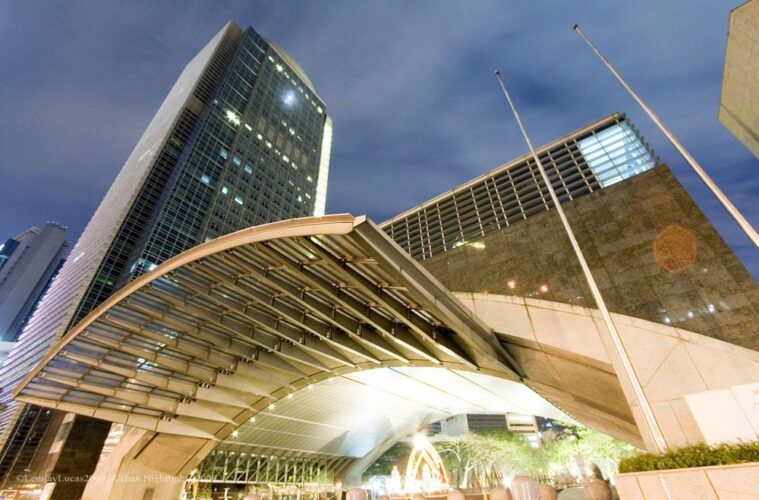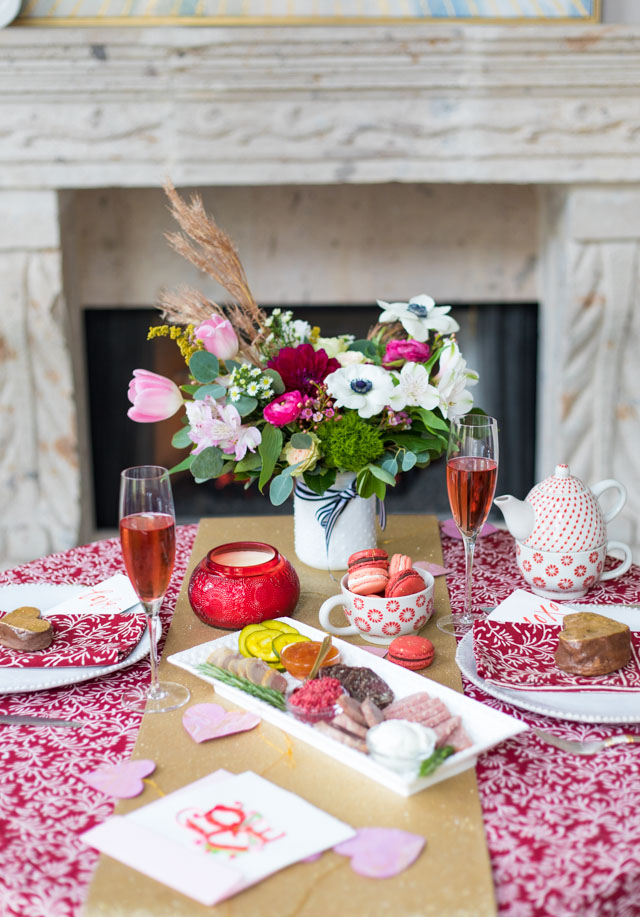The Philippines is a country with a rich cultural heritage and history that is reflected in its architecture. From traditional bahay kubo to colonial-era buildings, Modern Filipino architecture is diverse and unique. But in recent years, a new trend has emerged – contemporary architecture in the Philippines. In this article, we will explore the best of modern Filipino architecture and its evolution.
What is Contemporary Architecture in the Philippines?
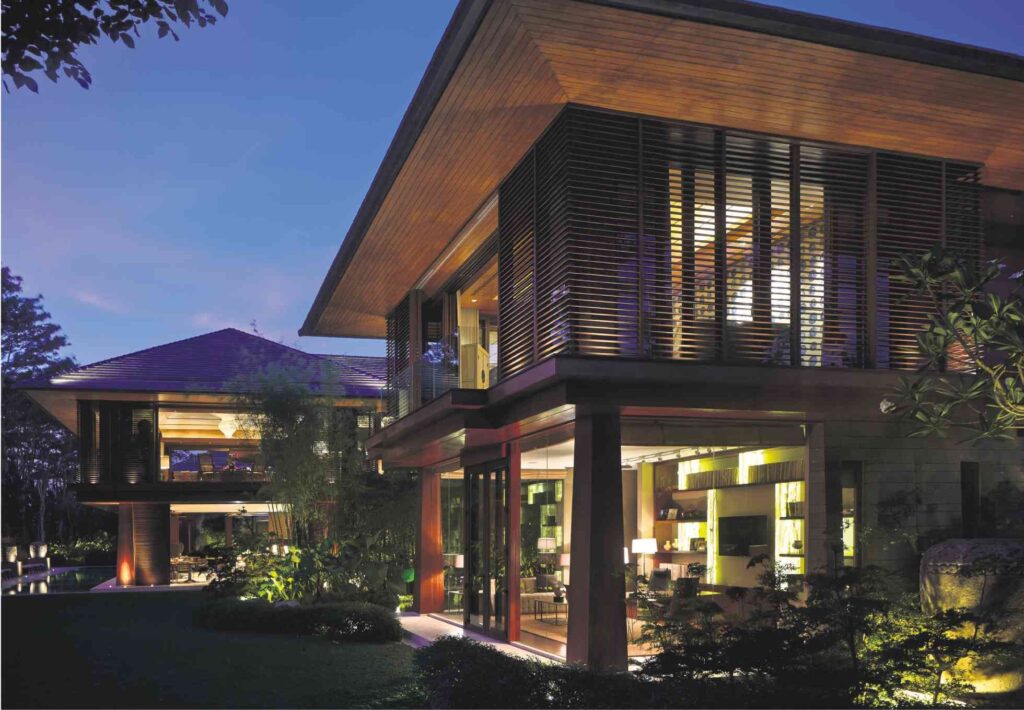
source: pinterest.com
Contemporary architecture is a broad term that refers to buildings that are designed and constructed in the present day. In the Philippines, contemporary architecture is characterized by its use of modern materials and technology while still drawing inspiration from the country’s rich cultural heritage.
One of the notable features of contemporary architecture in the Philippines is its focus on sustainability. Many architects and designers are incorporating green building practices and using renewable materials in their designs.
The Philippine’s architectural landscape is a contrast among small traditional huts built of wood, bamboo, nipa, grass, and other native materials; the massive
The Best of Modern Filipino Architecture
The Mind Museum
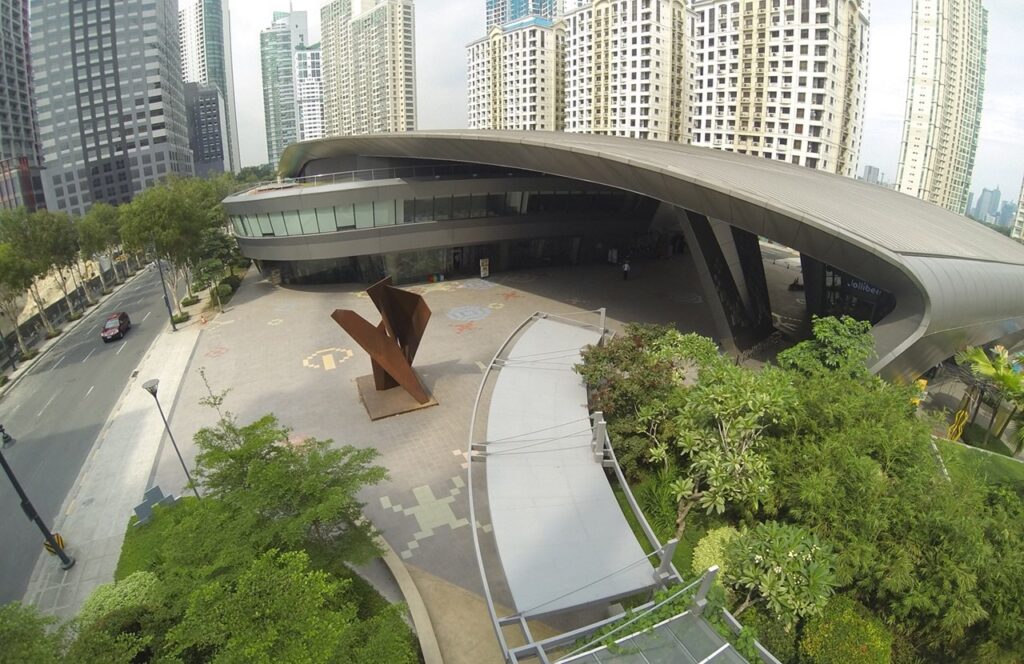
source: pinterest.com
Located in Taguig City, The Mind Museum is a modern science museum that showcases the latest advancements in science and technology. Designed by Juan Seriña and his team, the building’s unique design draws inspiration from the cellular structure of a leaf.
The museum’s exterior is covered with hexagonal panels that create a tessellated pattern. The panels are made of aluminum and were designed to be energy-efficient, providing shade and ventilation to the building’s interior.
The NEST
Designed by WTA Architecture and Design Studio, The NEST is a sustainable residential building in Cebu City. The building features a green roof and a rainwater harvesting system that collects and filters rainwater for reuse.
The NEST’s design also includes natural ventilation and passive cooling systems that reduce the building’s energy consumption. The building’s facade is made of recycled wood, giving it a rustic and eco-friendly look.
The Net Lima
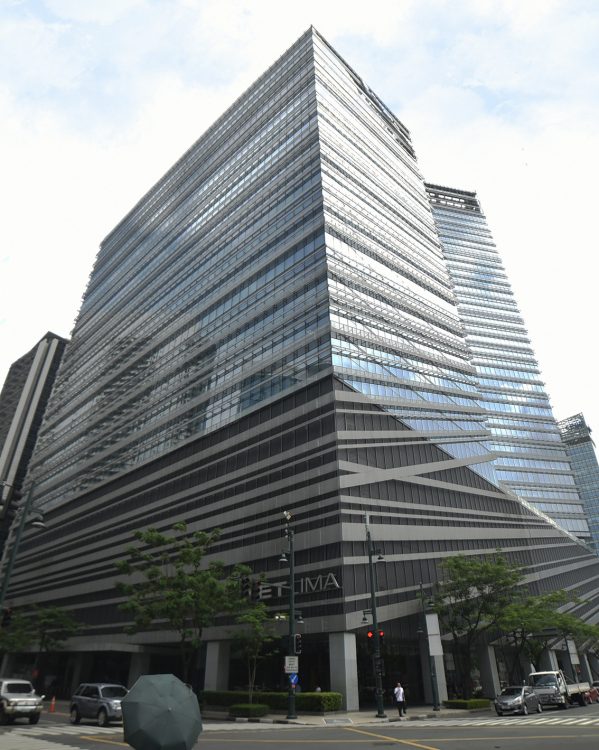
source: pinterest.com
Located in Bonifacio Global City, The Net Lima is a modern commercial building designed by Chad Oppenheim and his team. The building’s design features a dynamic facade that creates a wave-like effect, inspired by the sea.
The Net Lima’s unique design includes a series of vertical fins that provide shading and regulate the building’s temperature. The building also includes green spaces and a rooftop garden that serves as an outdoor amenity for its tenants.
The Philippine Arena
The Philippine Arena is a massive indoor arena located in Bocaue, Bulacan. Designed by Populous and AECOM, the arena’s unique design is inspired by the country’s native nipa hut.
The arena’s exterior features a series of triangular panels that are made of aluminum and steel. The panels are arranged to create a flowing pattern that mimics the texture of a woven basket.
The Areté
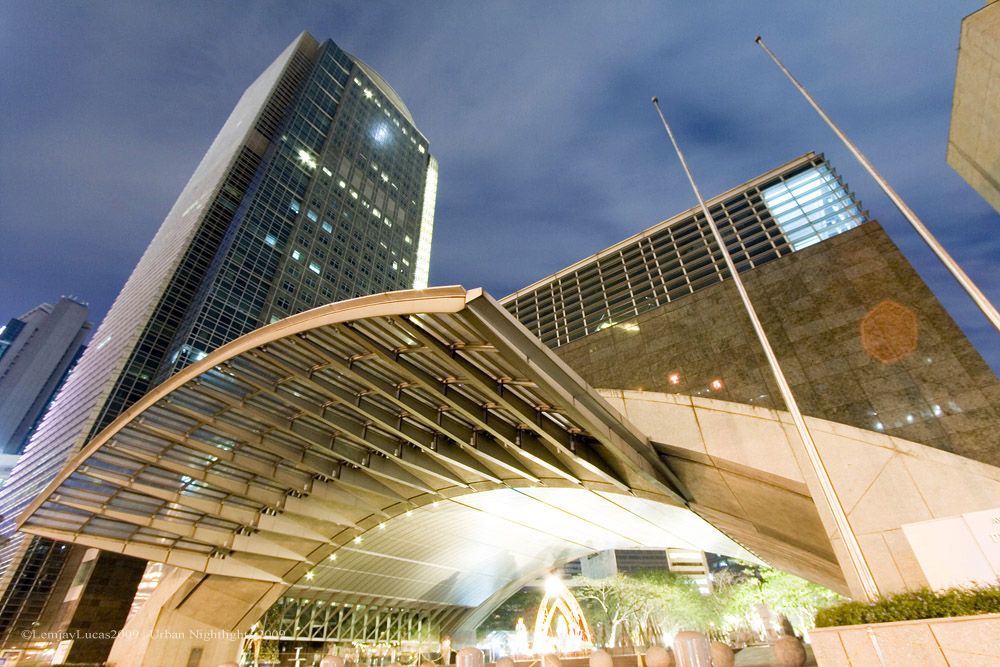
source: pinterest.com
Designed by WTA Architecture and Design Studio, The Areté is a modern academic building located in Ateneo de Manila University. The building’s design is inspired by the traditional Filipino bahay kubo and features a sloping roof that provides shade and ventilation.
The Areté’s facade is made of precast concrete panels that are arranged to create a series of triangular patterns. The building also includes a green roof and a rainwater harvesting system that collects and filters rainwater for reuse.
The Evolution of Contemporary Architecture in the Philippines
Contemporary architecture in the Philippines has evolved significantly over the years. In the early 2000s, architects and designers were focused on creating functional buildings that were energy-efficient and sustainable. However, as the industry grew, architects and designers began to experiment with more unique and unconventional designs.
Today, contemporary best architecture in the Philippines is characterized by its focus on sustainability and eco-friendliness, as well as its use of innovative materials and technology. Architects and designers are also drawing inspiration from the country’s rich

